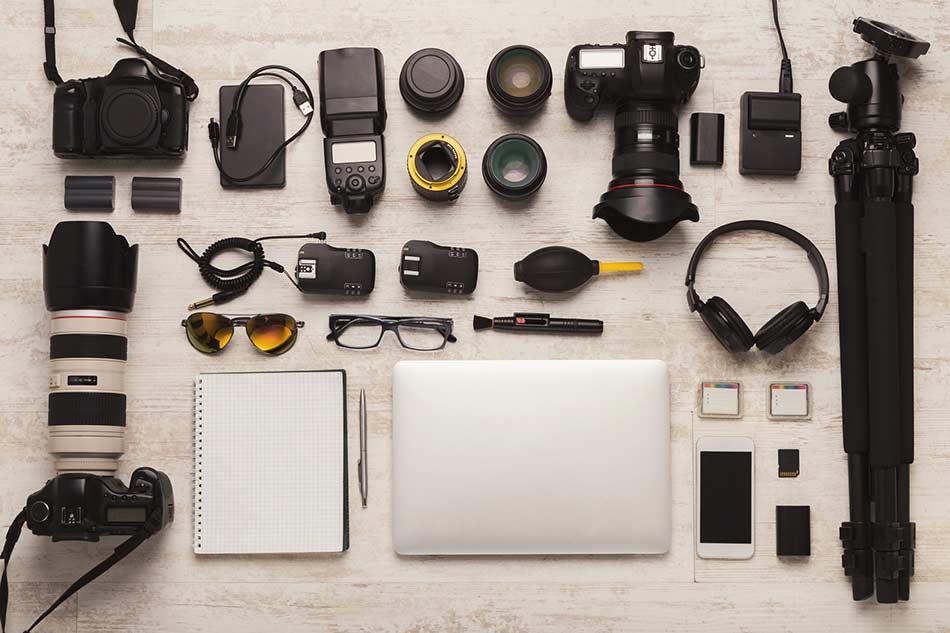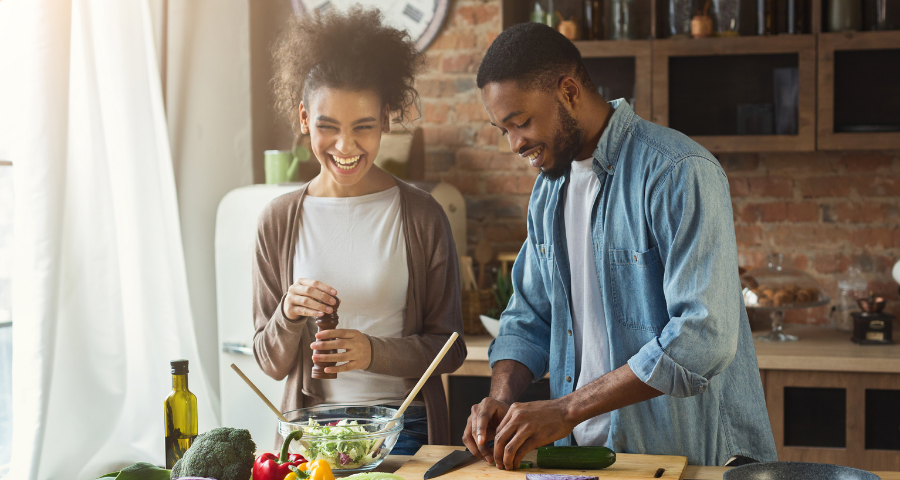In going about their business or hobby, photographers will have a solution to lighting, a range of lenses, and be carrying all this in a good strong bag. This snapshot article will consider 5 pieces of equipment essential to the photographer.
A 5-in-1 Reflector
With photography, the amount of light is not only one thing to consider it is everything that is important to a final image. Light can determine whether a picture appears too dark or too light and whether details are hidden by darkness or obscured by the reflection caused by too much light. A reflector provides the means to reflect light to the area where light is needed. Ideally, a photographer will want a reflector to be the same size as an area he wants to reflect his light onto. That is, if there is room to accommodate it. Reflectors are particularly useful for outdoor portraits where the light is predominantly coming from above. In these instances, it can create, for instance, dark circles under eyebrows. A reflector will reflect some of this light back to light up the face and fill in these areas of shadow.
A 5-in-1 reflector to look at is a collapsible steel ring covered with diffusion material. Its reversible cover provides the choice of different reflective surfaces that provide white or silver for a strong fill, gold for a warmer one, or a black surface that eliminates light and brings shade back into a scene where it is too evenly lit. Reflectors will allow photographers to turn full sun into a bright shade. These kinds of reflectors are not expensive to buy for those working on a budget.
Portrait Lens
A 50mm lens makes an excellent lens for taking portraits because it will take photos that are well exposed in low light. A recommended lens of this type is known as the 50mm prime, or “Nifty 50”. Canon have something similar with their 50mm f/1.8. These lenses, due to their wide f/1.8, are small and again good for those on a budget who still desire quality images.
Macro Lens
There are times when a photographer will want to take very close-up subjects without them blurring. For instance, if photographing products for a catalogue or wanting to capture the beauty of the inside of a flower. One of the advantages of the macro lens is that you can capture details of an object like no other lens can and often more than the naked eye can see.
Macro lenses that come recommended include those by Tamron, Canon, and Nikon. For example, the Tamron SP 90mm F/2.8 Di VC USD Macro, Canon EF 100mm f/2.8L Macro IS USM, and the Nikon AF-S 105mm f/2.8 G IF ED VR Micro, to name a few.
Wide-angle Lens
Wide-angle lenses in both photography and cinematography are lenses that have a focal length significantly smaller than those of normal lenses. They are perfect for capturing more of the action while close-up and for taking panoramas of landscapes. I can remember being without one and attempting to capture the full length of a peninsula while standing on a beach near Barmouth, North Wales. It was only possible to achieve closer images of the peninsula by taking it separately in two halves. Miraculously, when the two photographs were developed and put together, they almost matched up perfectly. Where the one half of the peninsula finished, the other begun, and the sky and sand with its stones almost entirely matched up. This may have been more luck than judgement, but you do not have to adopt a Heath Robinson approach to achieve a panorama when a wide-angle lens can be purchased. Incidentally, this photograph now sits proudly on a wall inside my house in a see-through frame that contains actual shells from the beach around its perimeter.
Camera Bag
Every serious photographer needs a good camera bag to protect their equipment from harm. Most will come with pockets that separately and protectively house the camera and all its accessories. The reason for camera bags not coming cheap is because they are made from high-quality materials to protect the camera itself as much as the equipment. Lenses can often be worth more than the camera and so need to be treated with equal care. Perhaps not surprisingly, the lightest of drizzle, not really rain, can find its way inside a camera bag, and potentially damage valuable equipment. It is worth investing in a good bag or case specifically designed for the purpose rather than a cheaper alternative, that may look the same aesthetically, but is likely to be less effective in protecting anything of value.
In summary, as a photographer, always think about lighting, the different distances you might want to shoot, and protecting your equipment.

